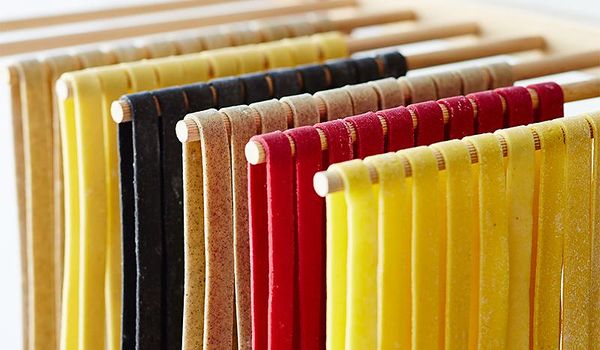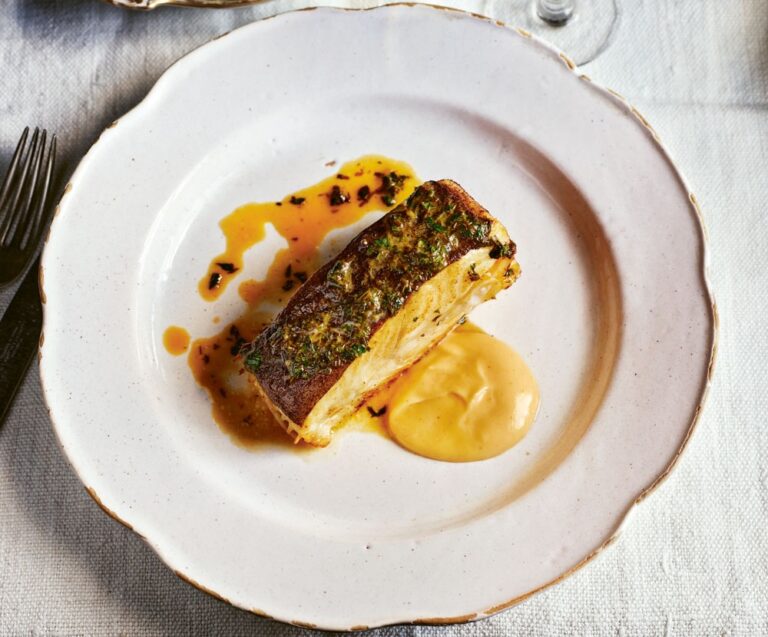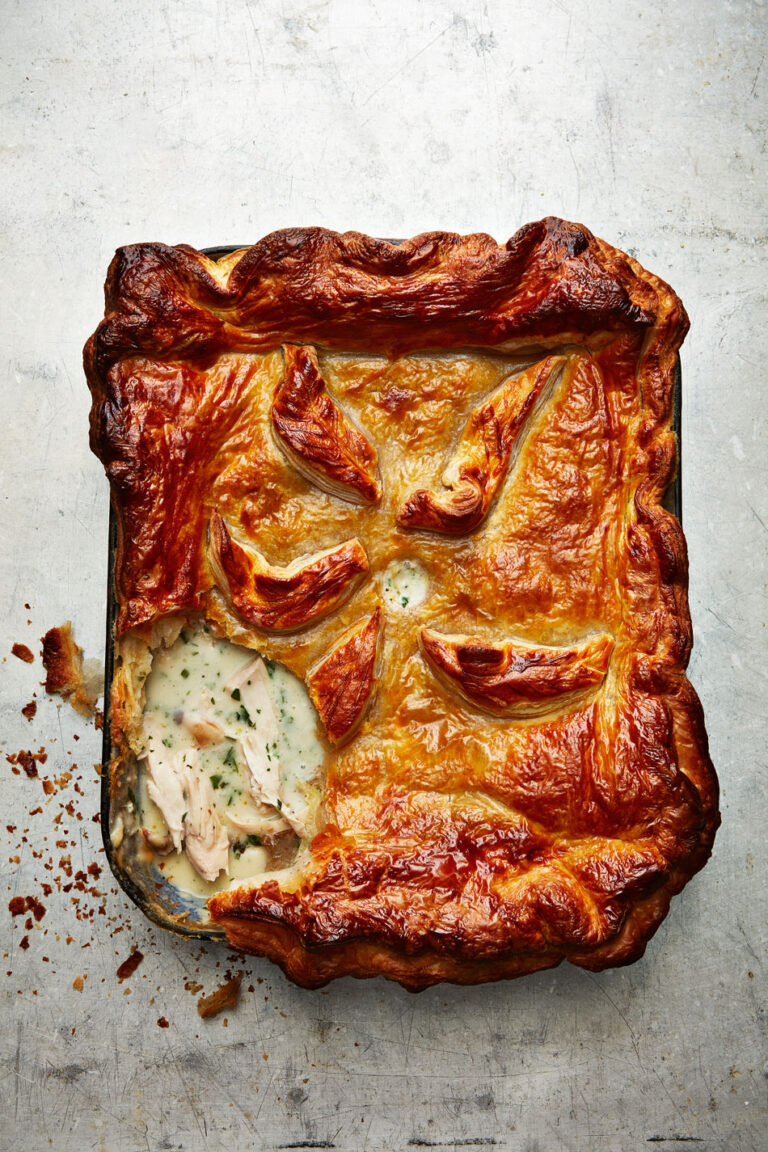Up your pasta-making game with this insightful extract on the essential basics of making dough from new pasta cookbook, Pasta Reinvented.
Fresh pasta dough is simple and rewarding to make, whether you shape it by hand or with a machine. As you finesse your technique, you’ll soon begin to recognise the look and feel of perfectly prepared dough.
Making Dough
Pasta dough can be made by hand, in a food processor, or in a mixer with a dough hook, depending on the type of flour used. In general, the easier the flour is to work with, the less kneading it will require to become malleable and ready to roll. More challenging flours, such as buckwheat, need to be well kneaded and will never result in a very soft dough. Most of the recipes in this book call for a mixer, which is easiest on the arms, but any of the doughs can be made by hand if you are willing to knead them well. Once the dough is made, the longer that you can chill it for (1 to 2 days), the easier it will be to shape.
Rolling & Shaping
You can roll out pasta dough with a rolling pin on a well-floured surface, or with a pasta machine. A machine yields a smooth and even sheet of pasta, but it can be challenging to feed some of the more delicate gluten-free doughs through the machine. For these, roll by hand or use a wide setting on the machine, as the dough will begin to crack when rolled too thin. Whatever rolling method you use, the easiest shapes to make if you’re new to home-made pasta are variations on ribbons: tagliatelle, fettuccine, or pappardelle. Other easy, hand-formed shapes include farfalle (bow ties) and simple ravioli squares or rounds.
Drying & Storing
Fresh pasta tastes best when cooked the day it is made, but you can also make it in advance and store it. A fresh ball of dough can be made up to 2 days before shaping; just wrap it tightly in cling film and refrigerate. Fresh pasta that has been shaped can be tossed with a little flour, packaged in airtight plastic bags, and refrigerated for up to 2 days, or frozen for up to 4 weeks. To dry uncooked pasta that has been cut into ribbons, drape the strands over a pasta drying rack, keeping them separated for best air flow, and leave to hang until brittle and crisp. (If you don’t have a pasta drying rack, use the back of a chair, clothes hangers, or a laundry drying rack.) To dry smaller shapes, spread them on a tea towel placed over a cooling rack, and turn occasionally until fully dry. Fully dried pasta can be stored at room temperature in an airtight container for several months.
Cooking
Whether fresh or dried, home-made pasta will cook much more quickly than packaged varieties. To cook, bring a pan of heavily salted water to the boil and add the pasta. Fresh pasta made the same day will cook in about 3 minutes. Dried or frozen home-made pasta will take longer to cook, about 4 to 7 minutes, depending on the shape. Cook your pasta until al dente, that is, still firm.



